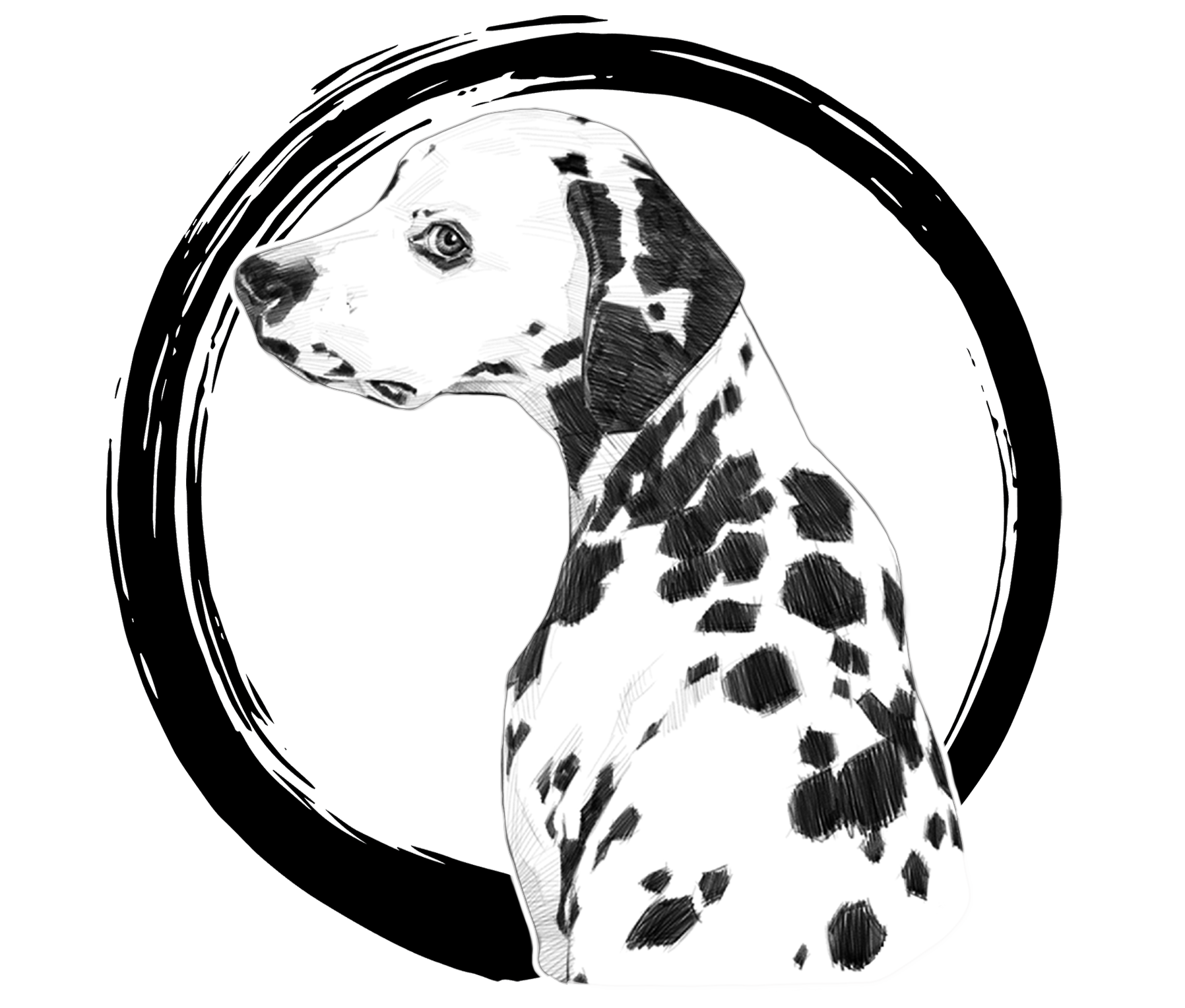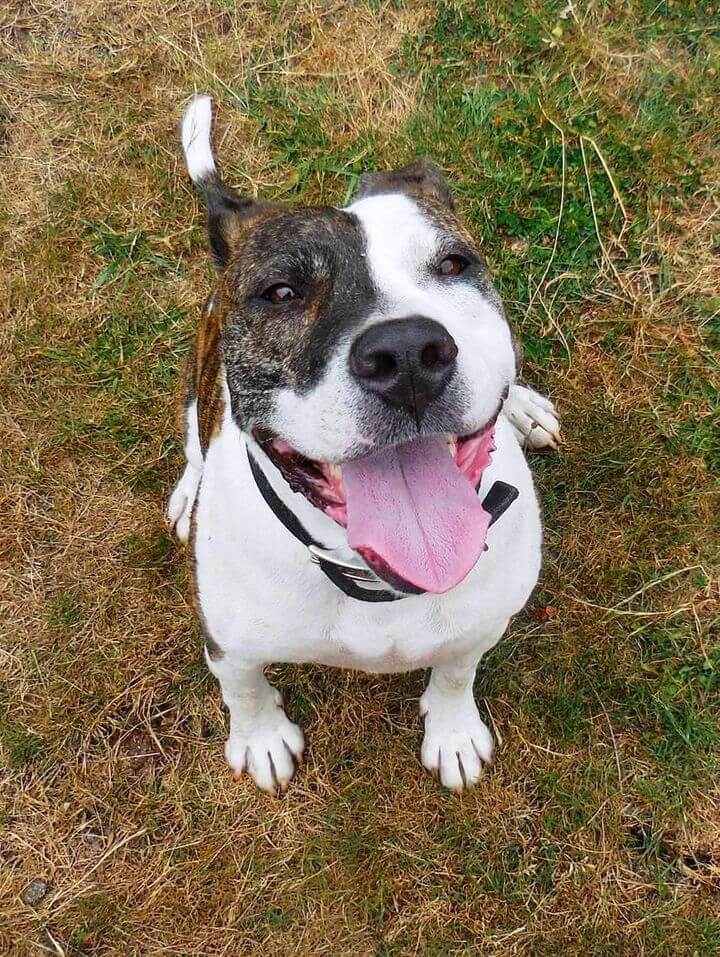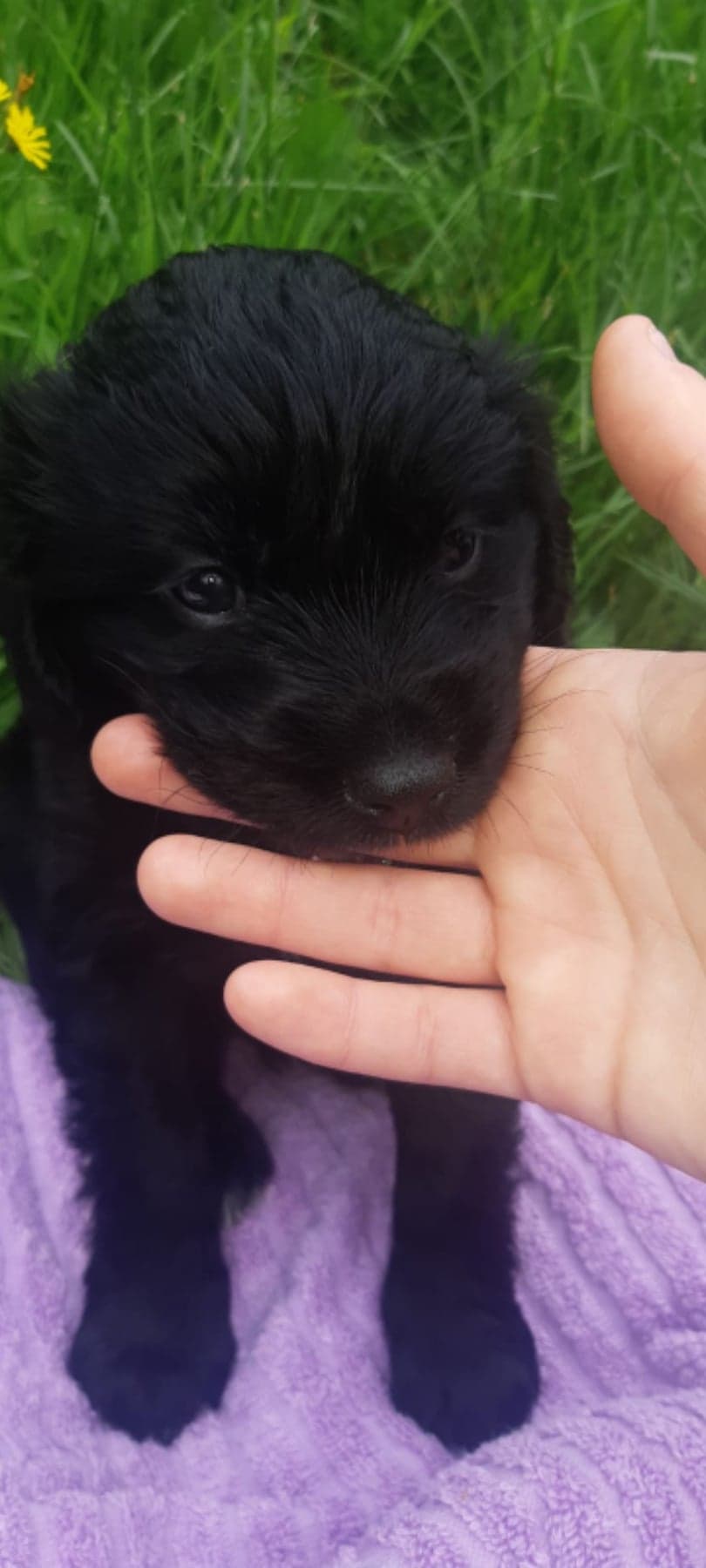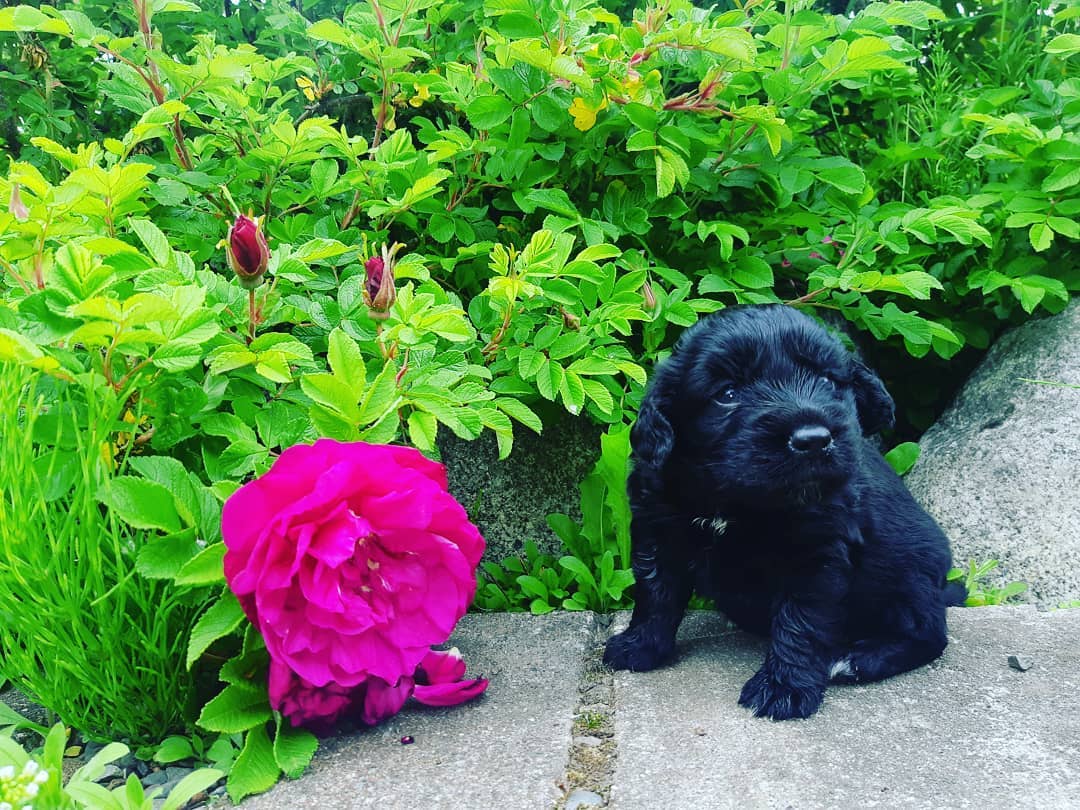Consent test is where we ask our dogs, literally, for consent to touch them. Does your dog want to be petted?
Consent test is a relatively new to most people. For decades, I thought I knew my dogs. I thought all dogs liked being patted on the ribs. Or so I thought. But dogs, like us, have preferences. In extreme cases, they may have physical injuries and sensitivities which cause them pain or discomfort when we touch them. Gideon, in the video below, has osteoarthritis in his hips and spine. By doing regular consent tests, not only can I bring daily pleasure to our relationship, I can monitor the progress of his disease.
A consent test is super simple, and it is just what it sounds like. We ask our dog if they want us to touch them. It helps the dog if you have a consistent visual cue (like the open hands I use with Gideon and Abby), but it’s not necessary.
If you have a dog that is extremely fearful or does not like touch at all, you may want to consult a trainer (we do online consults–just message us at KatesDogs!) before starting—the key is to start out at whatever level the dog is comfortable. Obviously, that can be bit hard to judge at first as you yourself are just starting and learning body language. I’m going to assume you are doing this with your own dog, and your dog is not a bite risk (that said, it is especially important to do a consent test with bite-risk dogs–you may just want a coach to help you do it and stay safe) If working with shelter dogs or unknown dogs, please practice on well known dogs first, and discuss with a coach before starting.
Benefits
Amazingly, this simple practice can encourage your dog to be more comfortable with handling (bonus round for when you need to give ear drops). Your dog is also likely to solicit more petting! As mentioned above, this practice can be useful for monitoring subtle changes in pain or discomfort. Practicing this level of awareness is also good for your observation skills. If you practice advanced levels of the consent test (introducing massage and physical touch to your Happiness Practice), it can definitely increase your bond and trust levels.
The video with Gideon below is an example of a previously touch-sensitive dog that has really blossomed with the use of the consent test, among other things.
Here is a sample of “advanced” consent test practice with Gideon https://youtu.be/V1OltO1ipYA. This video shows Gideon, a previously touch-sensitive dog, that has really blossomed with the use of the consent test, among other things.
Set the scene
You can do the Consent Test anywhere. It helps your dog relax and know you are paying attention to him. However, the first dozen times you do Consent Test, do it in a quiet location. This way you will get the clearest communication between you and your dog. In a quiet location, your dog will also be more attentive to you and amenable to a little petting. I usually get down on the dogs level. Try sitting or kneeling on the floor. This way you are not “looming” over your dog.
The Practice
I hold out my hands—almost like I am going to “grab” the dog. Instead of reaching out, I pause and wait for a couple seconds to see what the pup will do. At this point, I make eye contact. If the pup is looking the other way, I make a noise, a small squeak or cluck, or even a “hey buddy” in a soft voice. I avoid saying their name, since I don’t want to cue the dog. Everything that happens from here on out is totally voluntary for the pup.
After I’ve held my hands out for a few seconds, I reach out and touch the pup. I opt for a place I think the pup will like, like the chest or butt. Scratch, rub, or gently stroke for about 10-15 seconds, and then stop. Hold out your hand again and see what the dog does. If the dog reaches towards you, leans into your hands, nudges you, or turns to “smile” at you, most likely he likes it and wants more. Try petting the part of the dog closest to you to increase the dog’s level of control. Many dogs quickly get the idea and position themselves so you pet just the right spot.
This is the video I usually refer to for basic Consent Test. Eileen does a fantastic job illustrating basic body language: https://eileenanddogs.com/2012/08/29/does-your-dog-really-want-to-be-petted
A super short video of a dog saying “no!” very clearly: https://youtu.be/6SR82Zm29oI
What you need
- A dog
- A quiet spot
- Your hands
Instructions
- Show hands to dog
- Pause 1-2 seconds
- Reach out and pet dog in a favorite spot (chest is good) 10-30 seconds
- Retreat
- Show hands to dog
- Pause 1-2 seconds
- Ask “What does dog do?” Look for body language that means “”More please” or “not now!”
- Repeat or retreat—if pup asks for more, you can rub/pet/scritch for longer before asking again. If pup asks for space, end the session. You can ask again later!
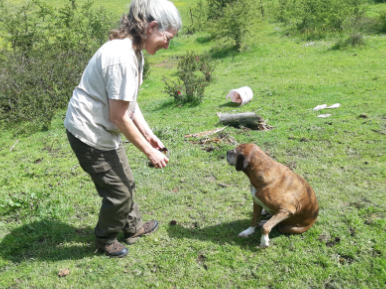
Troubleshooting
- Does the dog wiggle away while you are petting? That is a good indication that, for some reason, he isn’t in to it just now. It could be that the petting is unpleasant—are you pulling his hair, or is he in pain, or just nervous? Or it could mean he wants something else right now. Does he need to pee? Is the environment too exciting? Is he hungry?
- Does the dog lean in and lick your face? That may be a sign the dog finds it too exciting. That can be “good” excitement or bad excitement. “Oh Gosh Mom, that is the best ever!!!” or “Please stop, please please please stop!”. If you repeat the consent test, allowing the dog to “sign on” or check out if he wants, you should be able to distinguish between a “Yes, please” and a “No thanks!” fairly quickly. It may take the dog a couple of days to become really clear what his choices are.
- Dog shows conflicting signals—lip licks and leaning in. Step back and do not engage for a few moments. Some dogs try to appease their handler by moving in or licking you when they really want to be left alone. Others really are conflicted and are both happy and scared—these ones may snap! Finally, some dogs do lip licks when they are super happy—do NOT crowd your dog or reach in if they do this. Wait and let him give you other signals!
Advanced practice
- Play around with different amounts of pressure and different styles of petting. Dog are as individual as humans. Almost all of them love some form of physical touch.
- Introduce a “do you want…” signal before other activities. I’m sure many of you have dogs that get excited when you put on your shoes. Try holding out their collar to see if they want a walk. Show them grooming tools to see if they are willing to do husbandry activities (be sure you do this when you can allow the dog to say no. Do not offer a choice and then ignore that choice!).
